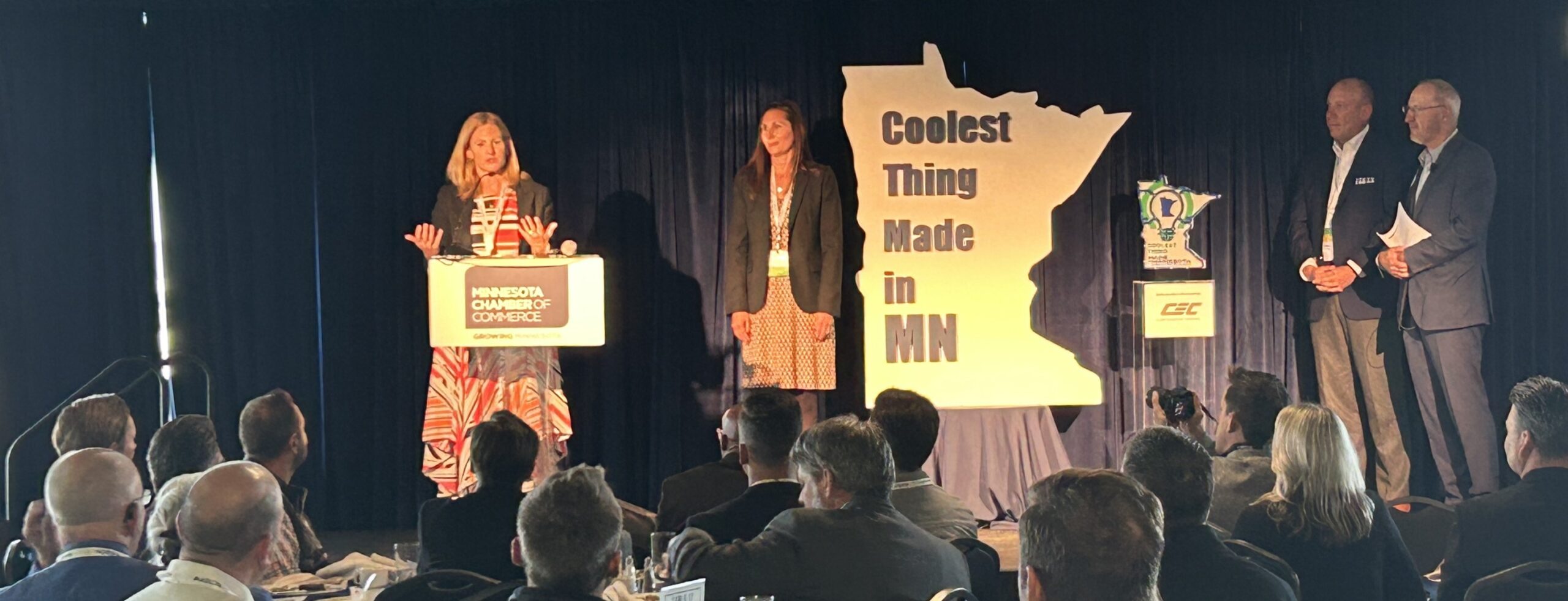While it isn’t quite time for spring cleaning in Minnesota, it’s never too early to hop on the KonMari bandwagon. Whether you’ve seen her cleaning method trending on Instagram and Pinterest or have watched the Netflix series, you’ve probably caught yourself looking at an item and asking, “Does this spark joy?”
Don’t worry, we aren’t recommending that you clean your desk. Instead, apply the principles of tidying up to your website. Ask yourself: “Does our website spark joy in our buyers? Is our website becoming a repository for content that people don’t know what to do with? Do we know what pages and links are performing the best?”
While companies frequently add to their website and check in on overall performance throughout the year, rarely do they evaluate the entire domain for irrelevant content, broken links, page performance, user experience, etc. Similar to Kondo’s rule of thumb of tidying up by category, evaluate your website in three categories: content, structure and copy.
Content auditing
Marie Kondo says to discard before you clean. On the web that means discarding any irrelevant or outdated content. A content audit is one of the most powerful tools for evaluating your website content, according to Content Strategy for the Web. There are three types of content audits to choose from depending on what you want to learn.
Quantitative inventory: This audit forces you to take inventory of all the content you have online. From there you have a better understanding of all of the pages and links on your website.
Qualitative audit – Best practices assessment: This audit is typically conducted by a third party and evaluates how your content compares to industry best practices. After conducting a qualitative audit, you will know which content isn’t performing and where there are gaps.
Qualitative audit – Strategic assessment: This audit takes stock of all your content and how each piece measures up to your strategic business goals. From here you’ll be able to identify gaps and determine what resources you need to meet your goals.
An audit gives you a full picture of your website content and makes a case to retire pieces or even entire pages on your website that no longer align with your business objectives (tip: make sure to redirect the links before deleting). For example, we performed a content audit for one of our manufacturing clients and found that 312 pages on their website hadn’t been viewed in a year —312 pages that weren’t doing anything for them!
It also ensures important content hubs on your site, such as your news room or resources page, are up to date and contain working links.
After performing a content audit and discarding old material, analyze what’s left and where there are gaps in the buyer’s journey. Use these insights to build a business case and to fuel refreshing your site structure and/or copy.
Site structure and wireframes
Similar to organizing your home, you don’t want to store content where it can’t be found. Instead, store common items together and make them easy to find. This means evaluating your user experience and updating the navigation and/or wireframes, also known as the blueprint, of your website. To do this you should ask yourself these three questions:
- Does my content live in a logical spot?
- How many clicks does it take to access the content?
- Does my website guide the customer through the buying cycle in an intuitive and logical way?
Fresh copy
Once you are out with the old, it is important everything going forward meets your established business objectives. Beyond sparking joy, each word on your website should matter, and it should contain strong calls to action to keep users engaged. Before embarking on a copy update, conduct voice of customer research to understand what sets your company apart. With these findings you can refine your messaging and really speak to your customer’s needs.
Tidying up your website is an important step to ensuring your online storefront aligns with your business objectives. If you want to jump on the bandwagon, reach out for a free mini content audit at connect@inprela.com.



